
Garden Pharmacy 101
To the consumer, garden centers are the epicenter of their gardening world. For most of them, it’s where they find the plants they need, the soil to fill their pots, and even sometimes the new grill for Dad. They come to the garden center to shop, learn, and to be entertained, but there’s another critical function a garden center serves that is sometimes overlooked — the garden pharmacy.
Plants, like people, sometimes get sick. When that happens, you need to be able to depend on your staff to put on their plant doctor/pharmacist hat and get to work — besides, you have an entire inventory of products designed to keep plants from dying, and it would be nice for that department to be profitable.
An Ounce of Prevention
We know that if we want to be healthy, we must eat healthy; the same goes for plants. Even at the garden center staff level, we forget sometimes that plants need to eat, and the easiest time to explain this is at the point of sale.
Tell customers, “We fertilize daily, and for your plants to continue to look like this, you should also fertilize regularly.”
You’re fertilizing the plants in your garden center when you water, and it’s important to let your customers AND staff know that. We’ve seen a rush of new customers in the past 18 months, and it’s our duty to help those customers learn how to be successful with the plants. Avoiding the conversation about fertilizer because it might make a certain plant seem more difficult to grow doesn’t solve a problem — it just creates one down the road for the customer.
Why not create a success plan for your top 20 best sellers? Something they can download off your website or you can handout in store. It doesn’t have to be perfect, but something to guide someone at purchase. Include the proper fertilizer, how often to typically water, and what pests they might encounter. A baby can’t leave a hospital without a car seat; maybe plants shouldn’t leave a garden center without a care sheet.
What’s the Diagnosis?
Your garden center staff is your customers’ diagnostic team. You have solutions to an array of plant problems sitting on your shelves, but in order to prescribe the right treatment plan your team needs to know where to start. This comes down to a quick education of your staff — we’re talking a 20-minute presentation with a laminated handout.
Things go wrong in four ways: Watering, nutrients (too much/too little), pests, and diseases.
Thankfully for the most part it’s pretty easy to tell the difference between those areas.
- Watering issues can be determined by leaves, soil, and asking how much someone waters.
- Nutrient deficiencies and toxicities usually show up in straight line issues on leaves.
- Does it look like something is eating it or moving on it? Likely a pest issue.
- Diseases might be the hardest to diagnose just because you don’t have the means to confirm in fact if a disease is present, but showing examples of blight, mosaic virus and downy mildew will help your staff know.
From there, it’s empowering your staff to use the technology at their hands. Once they know a customer has a “nutrient deficiency in their geraniums” it’s a 5-second Google image search to find the exact match to the same deficiency, and prescribing the right fertilizer to remedy the situation.
Becoming your local garden pharmacist doesn’t have to be hard. Fueling your staff with just a little bit of knowledge goes a long way in helping them solve your customers’ problems. Thankfully, your team doesn’t need to have a 6+ year degree or a residency to prescribe the right nutrients and pest solutions.





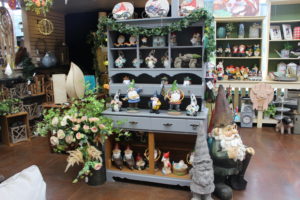
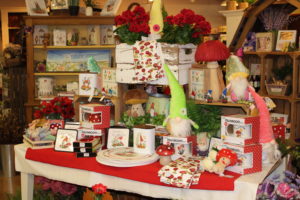
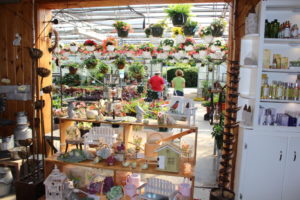



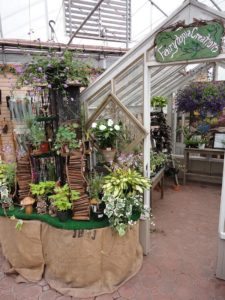
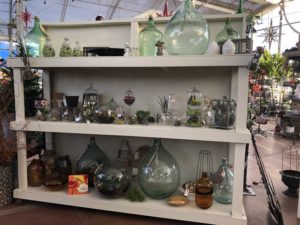
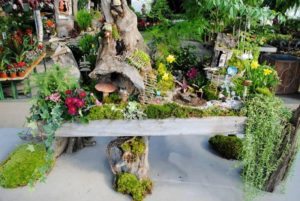

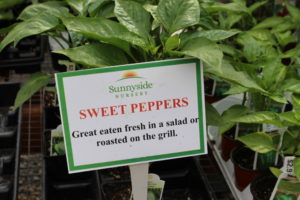
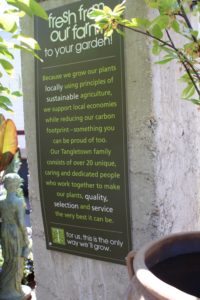
 Videos
Videos





